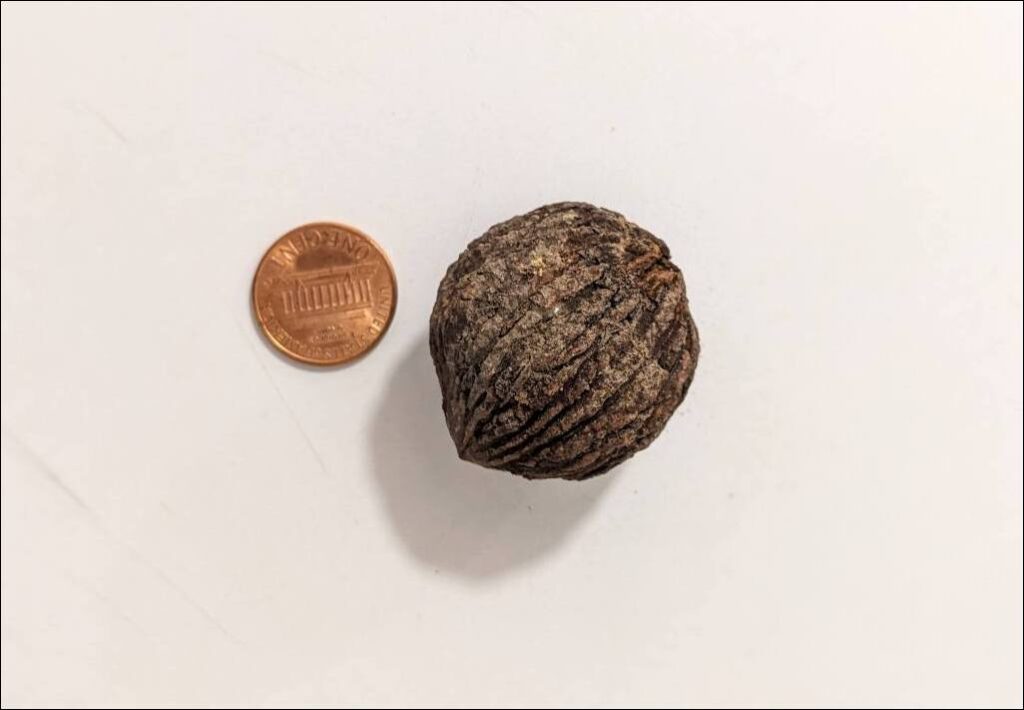
22 November 2023
The Nutty Series: Black walnut
Black walnut trees (Julgans nigra) are common in the Pittsburgh area. Their nuts are always ready to eat in time for the holidays.
In September the fruit was still on the trees while we searched for fall warblers among the leaves.
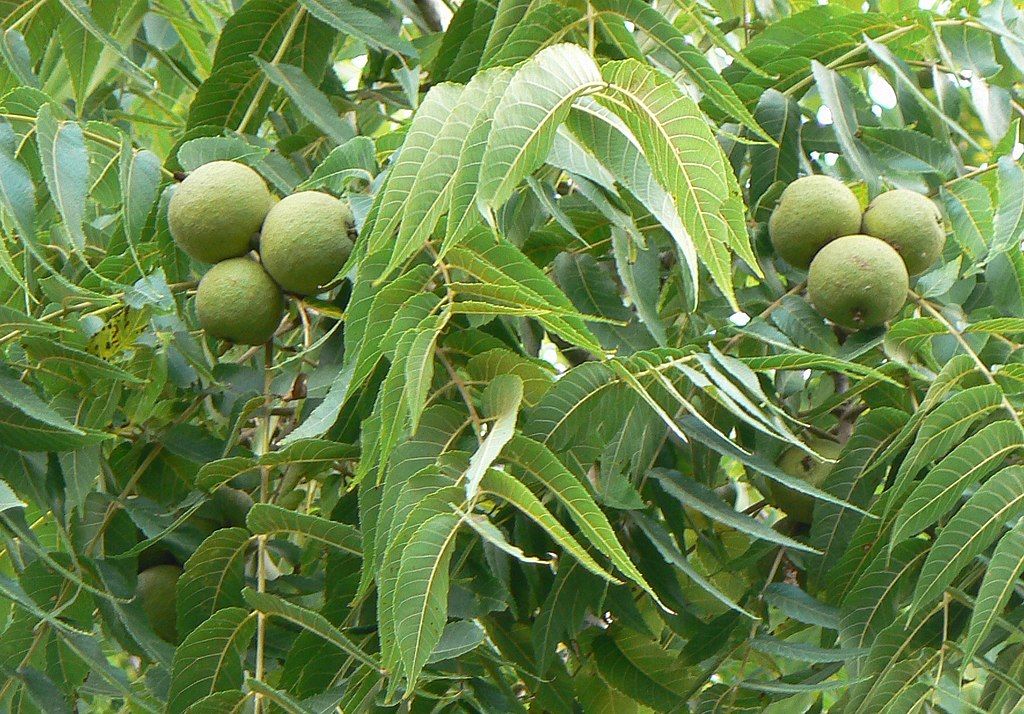
By the end of October the fruit had fallen and started to look bruised. Eventually the husks turned black.
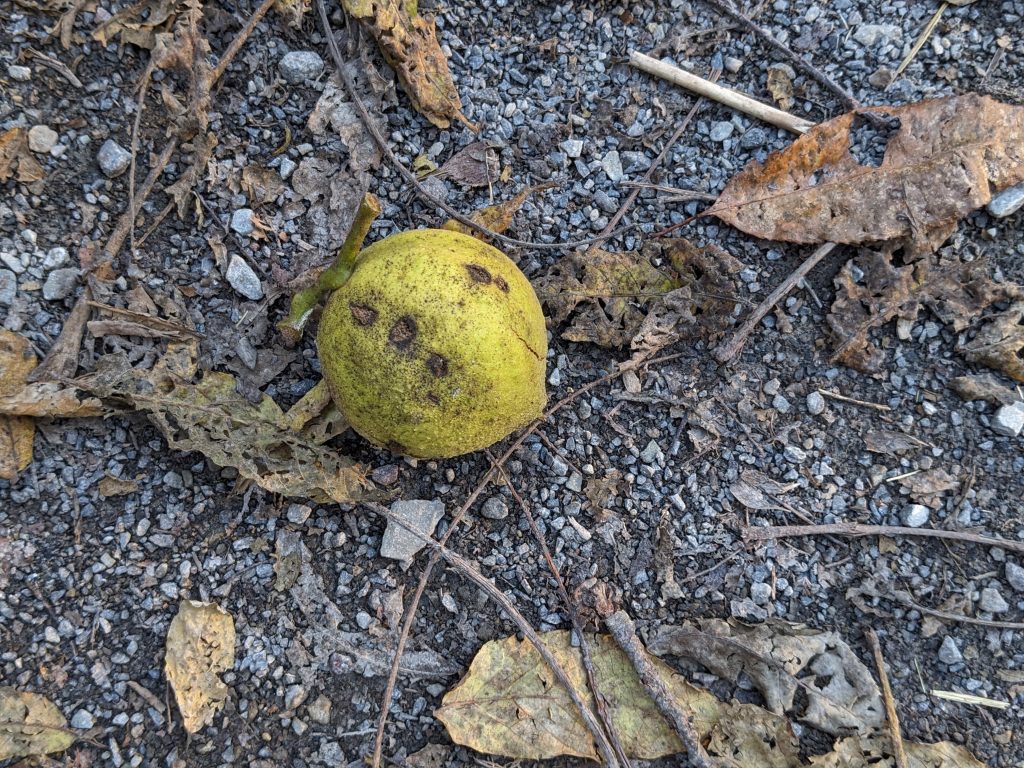
But most black walnuts aren’t abandoned that long. Squirrels gather them for winter food and eat a few along the way.

Squirrels know that they have to open the shell on both sides to get all of the nut meat.

The meat does not come out easily! It usually breaks into small pieces on the way out and is never the perfect shape of grocery store walnuts.
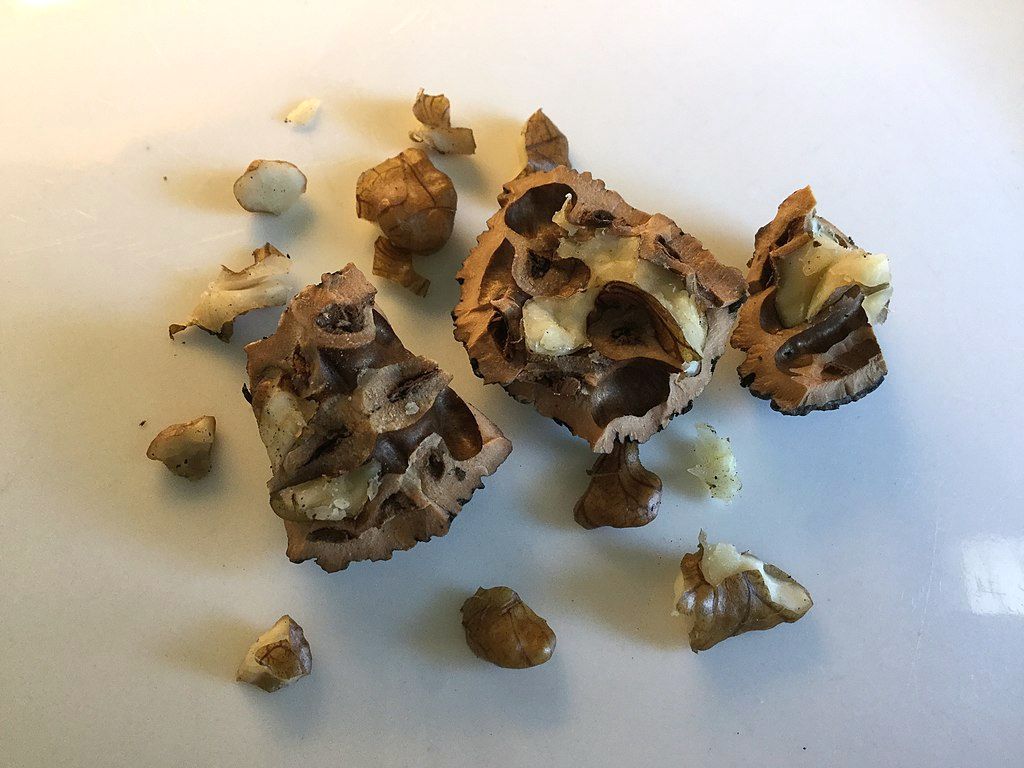
The ones we buy in the grocery store that are grown in California are English walnuts (Juglans regia) which would not be possible without the life-giving participation of black walnut trees (Julgans nigra).
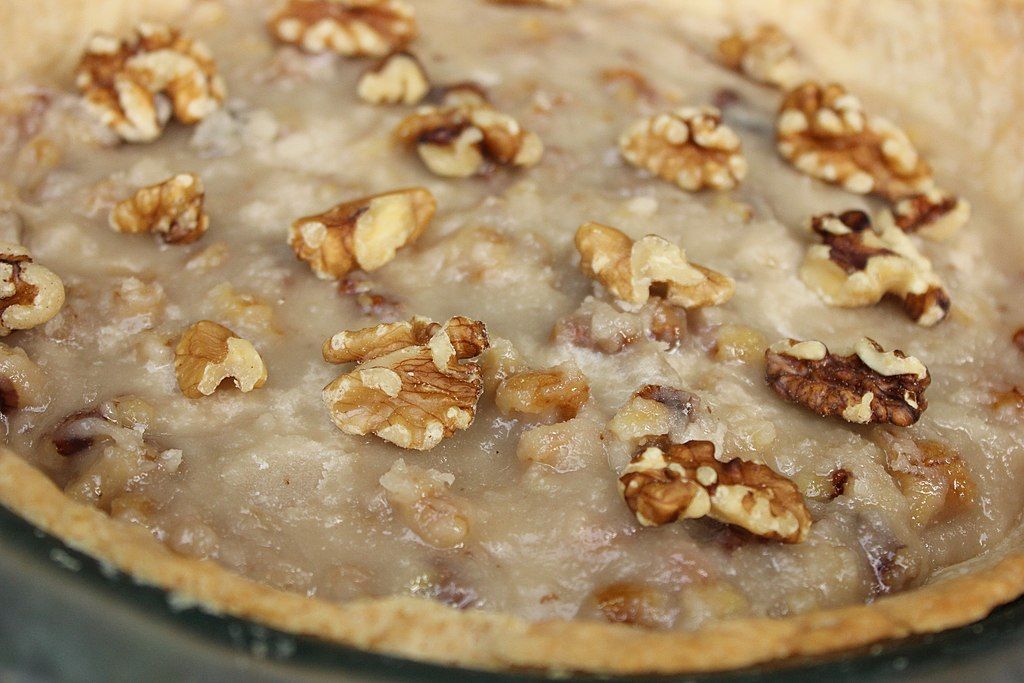
Non-native English walnuts are susceptible to root diseases in California so walnut farmers plant native black walnut trees to start the orchard. When the black walnuts are a year old with strong roots and vigorous base they are chopped off and an English walnut shoot is grafted to the stump.
All the trees in the orchard below show the wider stump base (highlighted in yellow) that ends at the graft point. Above the graft English walnuts produce their own delicious nuts which are harvested after they fall by sweeping and vacuuming from the ground. FLORY harvesting equipment is pictured below.
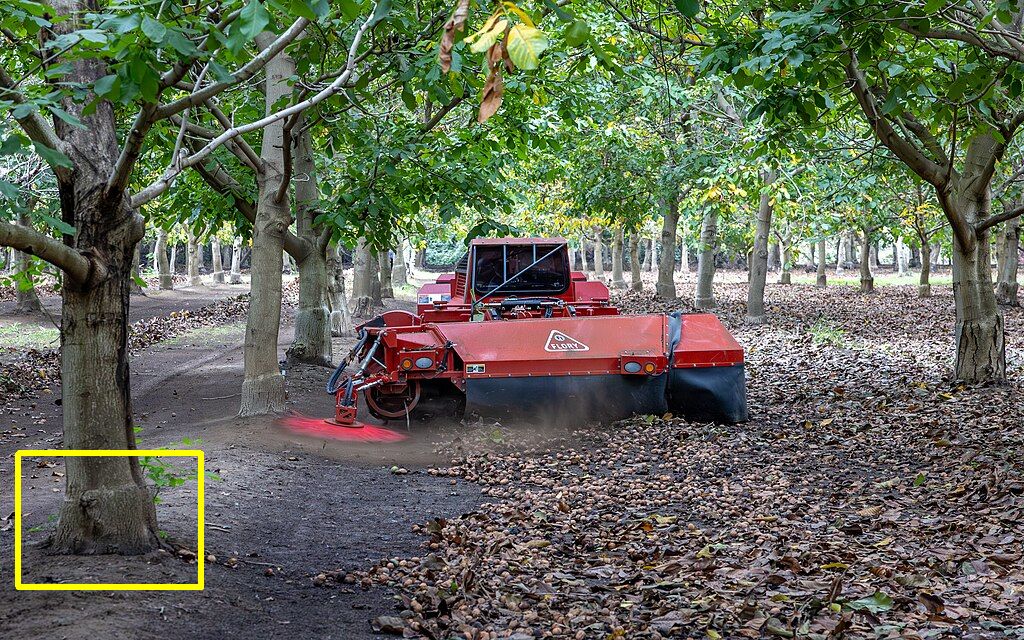
Black walnut trees can be identified in winter as a bare tree standing alone with twigs that have alternate (not opposite) small buds above large leaf scars.
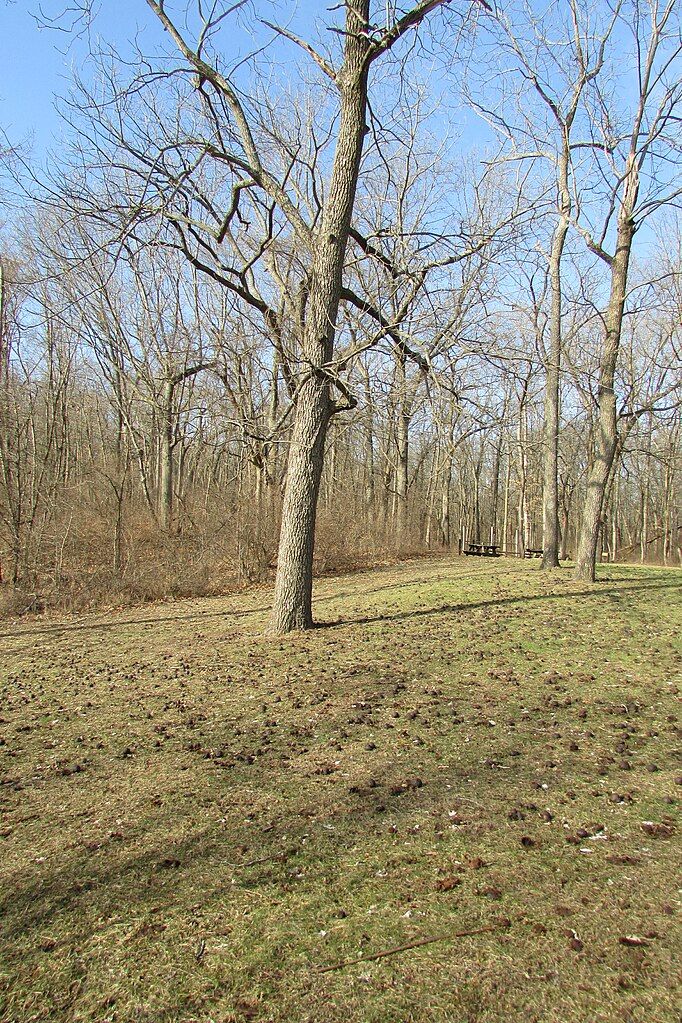
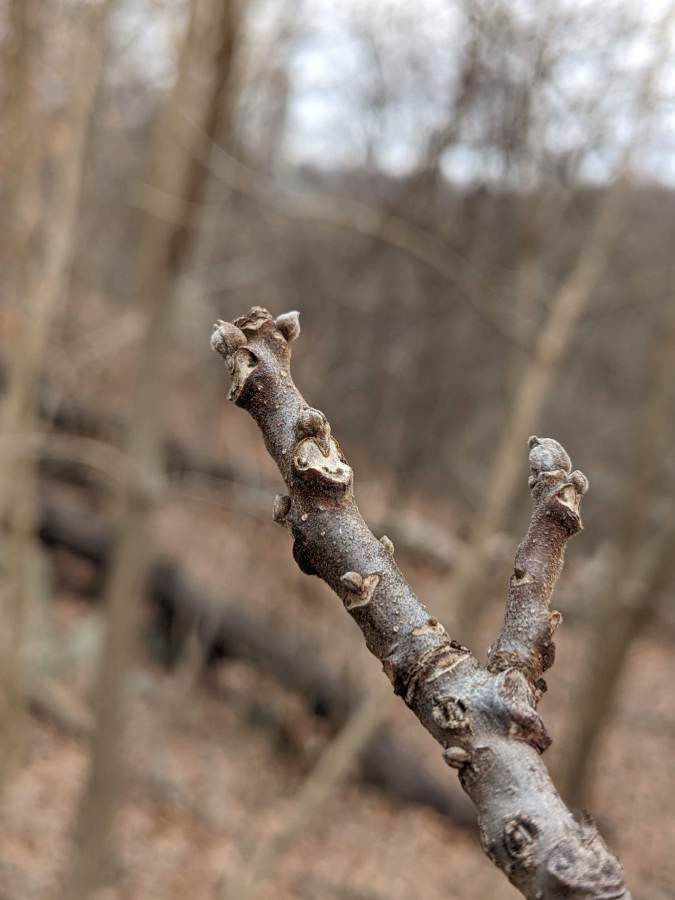
Black walnut trees stand alone because …
Like other walnuts, the roots, inner bark, nut husks, and leaves [of Julgans nigra] contain a nontoxic chemical called hydrojuglone; when exposed to air or soil compounds it is oxidized into juglone that is biologically active and acts as a respiratory inhibitor to some plants. Juglone is poorly soluble in water and does not move far in the soil and will stay most concentrated in the soil directly beneath the tree.
Symptoms of juglone poisoning include foliar yellowing and wilting. A number of plants are particularly sensitive. Apples, tomatoes, pines, and birch are poisoned by juglone, and as a precaution, should not be planted in proximity to a black walnut.
— quote from Wikipedia
(credits are in the captions)
Wow amazing info. Black walnuts are worth the trouble tho, soooo delicious.
Years ago we had a farm on Rt 910. There were several younger Black Walnut trees and one huge one. This large tree was about 75 ft tall and just as wide. No trees or shrubs grew within its drip line and a wider perimeter.
Like the information,But how do you crack them.
Gramps goodie getter. I Crack about 4000 black walnuts each year.
Not easily, i use a screw type nut crusher, but i think I’ll donate the rest to the squirrels
I have a black walnut tree in property
I love that tree
The lumber is beautiful as well and very prized by woodworkers.
I am trying to bring back Black Walnut and American Chestnut Nut trees to NH.
We had luck breaking the nuts with an intertial nut cracker
to harvedt. Remove husks and remove the residue with a pressure washer, dry for 2 weeks or so, then crack.
Is black walnut root highly toxic to touch give you hard breathing if you sand it and breathe the dust? I heard they made gun stocks out of it?
Richard, I don’t know about black walnut sawdust but inhaling any sawdust is bad for breathing. The wood is indeed used for many things including gun stocks, furniture, flooring, paddles and coffins https://en.wikipedia.org/wiki/Juglans_nigra#Wood.